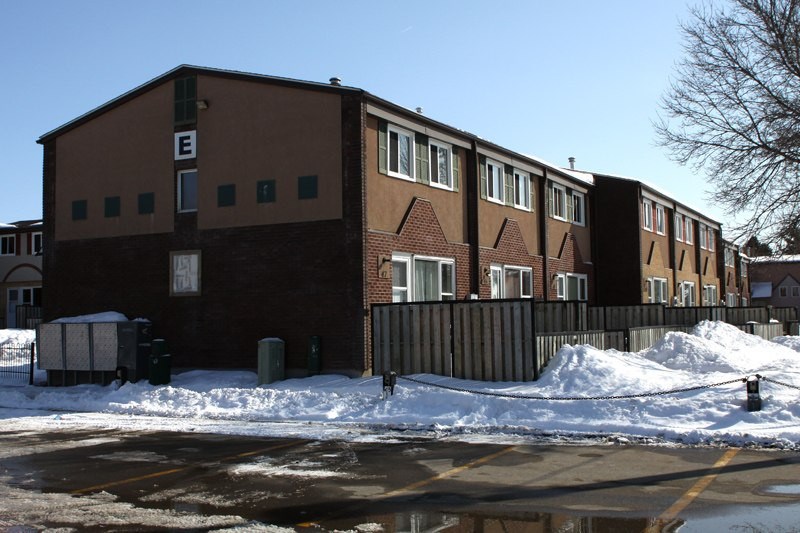It’s been two years since Cheyenne Zuchkan started looking for a one-bedroom apartment.
On the Ontario Disability Support Program, she can only afford about $500 per month without cutting into her budget for other necessities. But Zuchkan hasn’t been able to find an apartment in the city for less than $850 plus utilities since her search began.
“Which is kind of ridiculous but that’s Thunder Bay for you, not much you can do,” she said.
The total vacancy rate in Thunder Bay is 1.1 per cent, the lowest in Ontario. the vacancy rate for social housing is nearly zero.
According to the District of Thunder Bay Social Services Administration Board, there are 1,800 people on a waitlist for 3,800 units that can be used for its rent-geared-to-income program.
That number has more than doubled in the past five years.
And while people used to be on that wait-list for less than six months, they’re now on it for more than a year.
“I believe it has quite a bit to do with the affordability of housing,” DSSAB acting CAO Bill Bradica said.
In the meantime, people like Zuchkan have to pay the market value for an apartment, which is increasing all the time.
“It’s kind of hard for us to get a place. We can’t afford it,” she said.
Private landlords can qualify to become part of the RGI program but as the supply dries up, they drop out of the program because the market prices rise.
“We have had a number of private landlords pull out of that program because the market rents have increased sustainably although we have been able to bring in some new ones,” he said.
Mayor Keith Hobbs thinks there is a lot that the provincial and federal governments need to start doing to address an affordable housing shortage in the city that is reaching crisis levels.
“Especially for people in low income brackets. They’re getting clobbered right now you know landlords are taking advantage of new people moving into rental units, I think that has to be looked at as well,” he said.
While a low vacancy rate shows the city is growing, senior levels of government need to start funding new places for people to live.
“We can’t do it on our own,” he said. “I really don’t think it’s up to the cities and the private sector to take on a problem that’s the governments’ problem.”
Around 800 people on the wait-list are single with 400 seniors and 600 families.
Bradica said there are projects like the Centre of Excellence for Integration of Seniors’ Services that will have some units available. And there is a 21-unit building going up on Victoria Avenue. But they are a drop in the bucket compared to what’s needed.
“These are relatively small investments but it’s something the board is going to continue to look at,” he said.
The board is also working with about a third of the funding the used to for housing projects though Bradica said.
